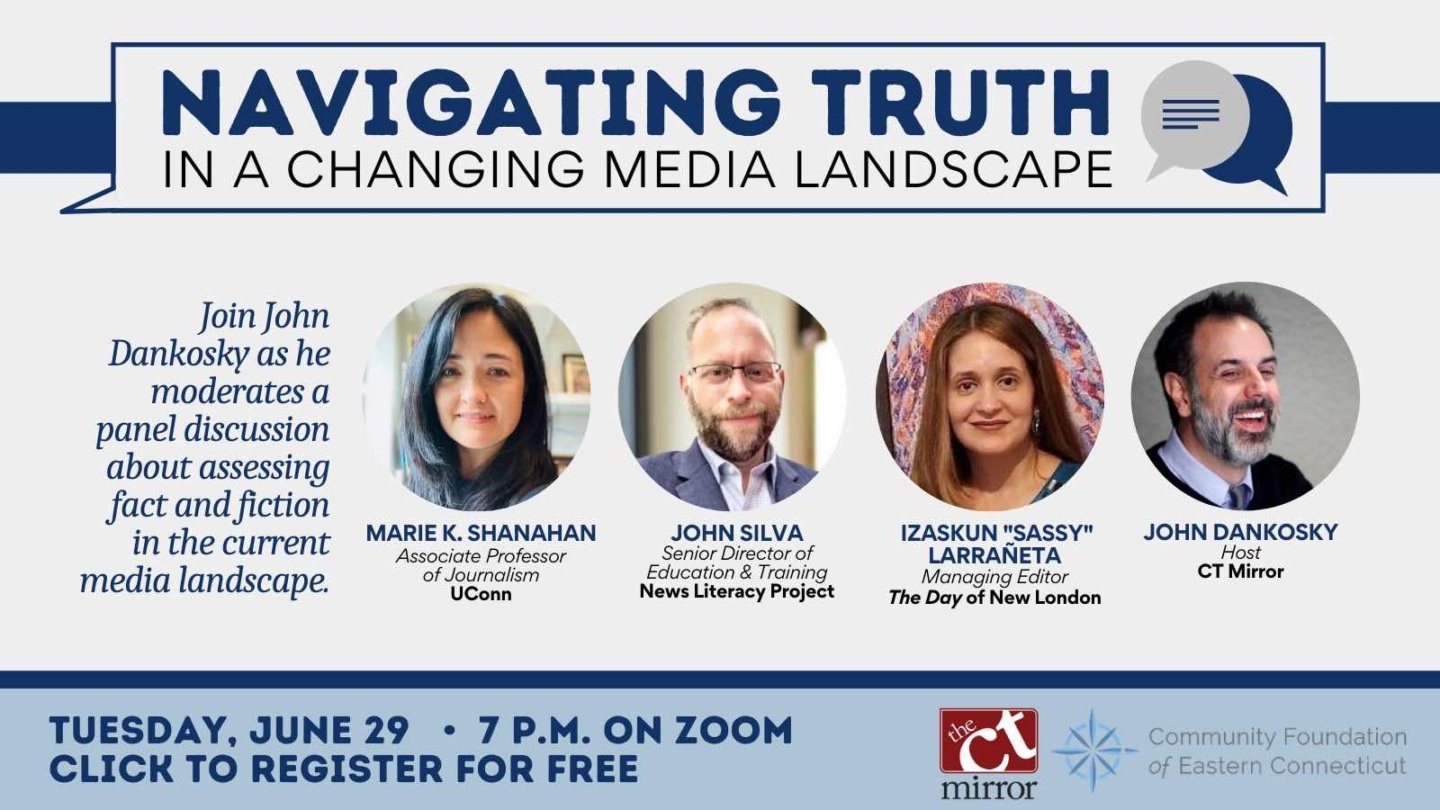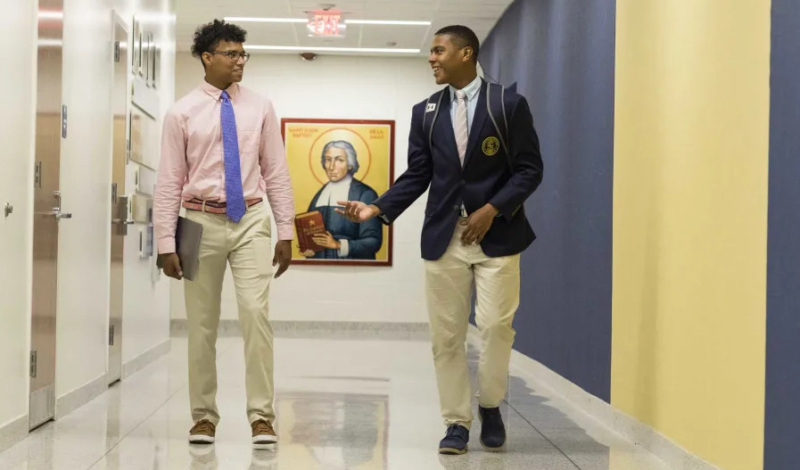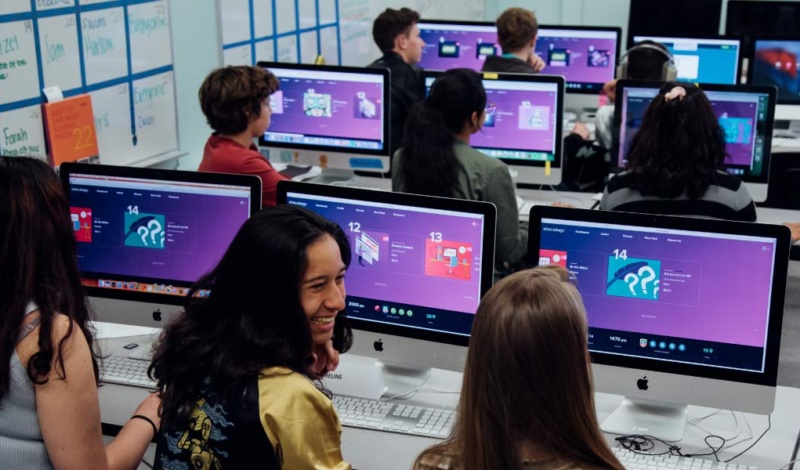
In Discussion: Navigating fact from falsehoods in a changing media landscape
How can consumers figure out fact from fiction in the current media landscape? What strategies should they use to know whether the news they are following is credible? John Silva, NLP’s senior director of education and training, shared his expertise on this topic during a recent panel discussion with CT Mirror, a nonprofit news site in Connecticut.
Silva was joined by Marie Shanahan, associate professor of journalism at the University of Connecticut, and Izaskun “Sassy” Larrañeta, managing editor of The Day of New London. CT Mirror presented the June 29 event in partnership with the Community Foundation of Eastern Connecticut.
Silva explained that false context is one of the most frequent types of misinformation consumers face.
“One really common example is how often people will take a fake screenshot from a satirical article and post it as if it’s a real screenshot,” Silva said. “There was an example from the Babylon Bee, where they had a fake CNN screenshot and it was taken out of the satirical context, published as if it was a real CNN screenshot, and that created this false context and misinformation.”
Silva said NLP tries to teach consumers to dig deeper when they come across content that creates a strong emotional reaction. “You have to look at who’s posting it, where it’s from,” Silva said. It’s easy, he said, for someone to take a snippet of a longer video or an excerpt of a quote, or even to alter a caption for an image, and present it in a misleading way. That’s why understanding the context behind a post is so important.
You can watch the panel discussion here.

